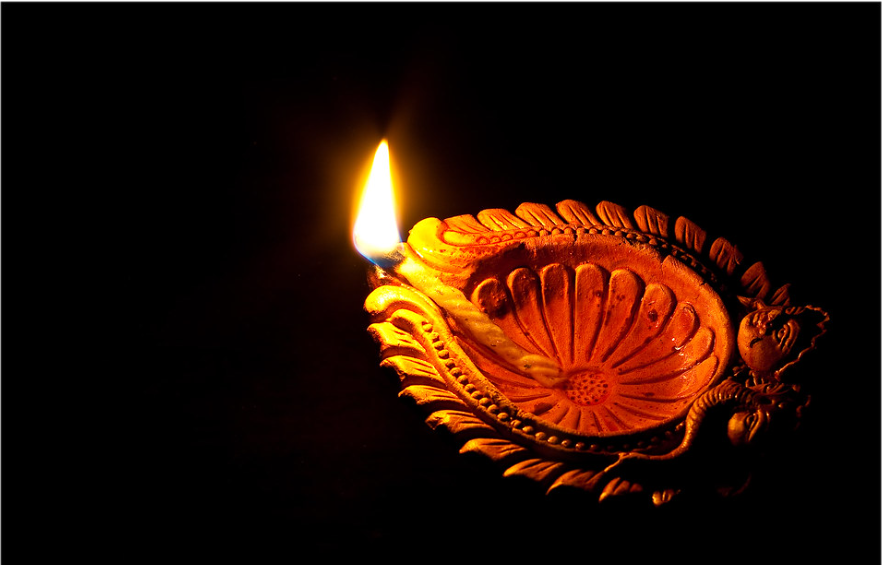
Diwali is the Hindu festival of lights. It symbolizes the victory of light over darkness, good over evil, and knowledge over ignorance.
People illuminate their homes, temples, and workspaces for Diwali with diyas (oil lamps), candles, and lanterns. Hindus, in particular, have a ritual oil bath at dawn each day of the festival. Diwali is also marked with fireworks and the decoration of floors with rangoli designs. Food is a major focus with families partaking in feasts and sharing mithai meaning sweets. Dazzling fireworks go off, creating a spectacle of noise and light. This helps to scare away evil spirits and celebrate the victory of good over evil.
Story of Diwali in Northern parts of India
The religious significance of Diwali links the festival to legends in the Hindu epic Ramayana in Northern parts of India.
Prince Rama was the eldest of four sons and was to become king when his father retired from ruling. His stepmother, however, wanted to see her son Bharata, Rama’s younger brother, become king. Remembering that the king had once promised to grant her any two wishes she desired, she demanded that Rama be exiled and Bharata be crowned. The king had to keep his word to his wife and ordered Rama’s banishment. Rama accepted the decree unquestioningly.
When Sita, Rama’s wife, heard Rama was to be exiled, she begged to accompany him to the forest. And so, Rama, Sita and his brother Lakshmana all went to the forest.
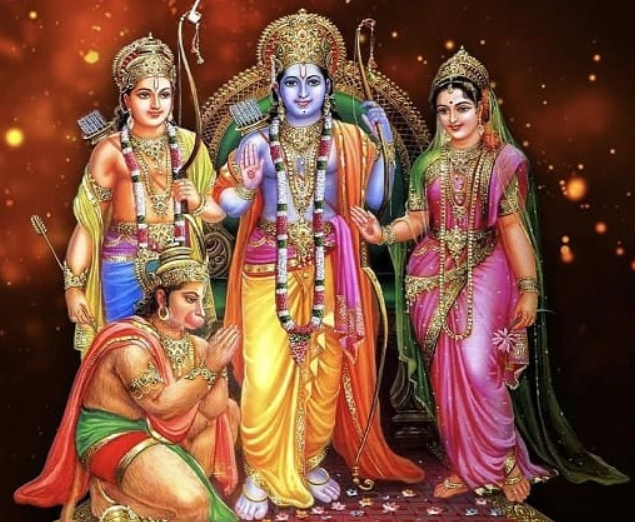
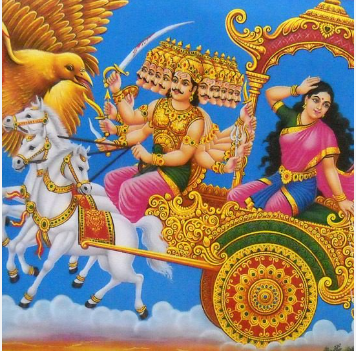
During the exile, the wicked king Ravana of Lanka abducted Sita. After a lot of hurdles and a lengthy quest, Lord Rama finally defeated Ravana and saved Sita. In joyous celebration of this victory and the return of King Rama, the people of Ayodhya rejoiced by illuminating the kingdom with earthen diyas, distributing sweets, and setting off firecrackers, a tradition that is followed to this day.
Throughout the epic, Rama’s decisions were always in line with dharma meaning – duty and the Diwali festival serves as a reminder of dharma in day-to-day life.
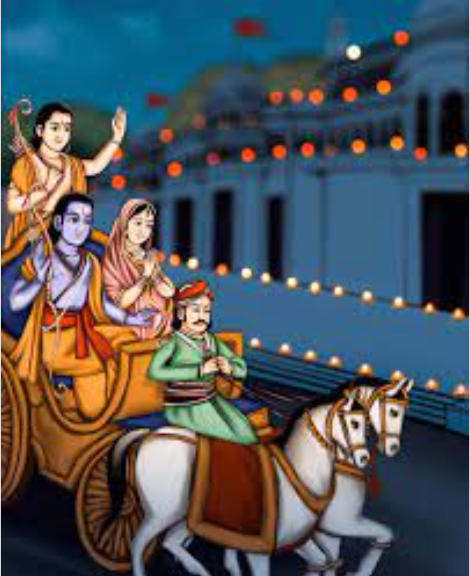
Story of Diwali in Southern parts of India
In the Dvapara Yuga period, Krishna, an avatar of Vishnu, killed the demon Narakasura, who was an evil king and released 16000 girls held captive by Narakasura.
Legends state that Narakasura was the son of the goddess earth (Bhudevi) and Varaha (the third avatara (reincarnation) of Vishnu). Bhudevi sought a boon from Vishnu that Narakasur must be all-powerful and have a long life. Immersed in power, he conquered both the heaven and the earth. All the gods approached Vishnu and requested him to get rid of Narakasur. Vishnu assured them that he would kill Narakasur in his avatar as Krishna. As promised, Krishna killed Narakasur and freed 16,000 women that he had forcefully enslaved. To restore their dignity, Krishna married these women and gained 16,000 wives.
Diwali was celebrated as a signifier of the triumph of good over evil after Krishna’s Victory over Narakasura.
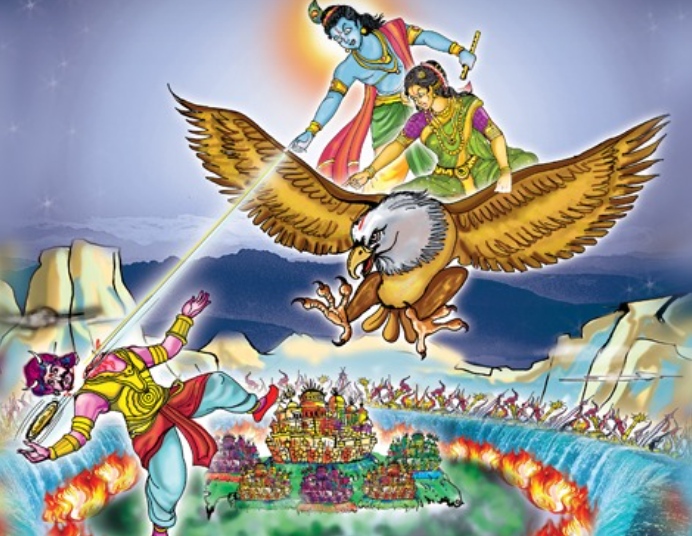
If you are the last minute ordering person, give Amazon Prime membership a try. They have a 30 days free trial post which it automatically renews for annual if not cancelled.
Amazon prime benefits:
- Zero delivery charges.
- Quicker delivery of product.
-
Unlimited films and shows with Prime Video: Stream on 5 devices | Watch on Mobile, TV, Laptop | Ad-free
-
100M+ songs, Ad-Free on Prime Music
-
Exclusive & early access to deals
-
Unlimited 5% cashback on Amazon Pay ICICI credit card
-
Free e-books, Gaming & more

